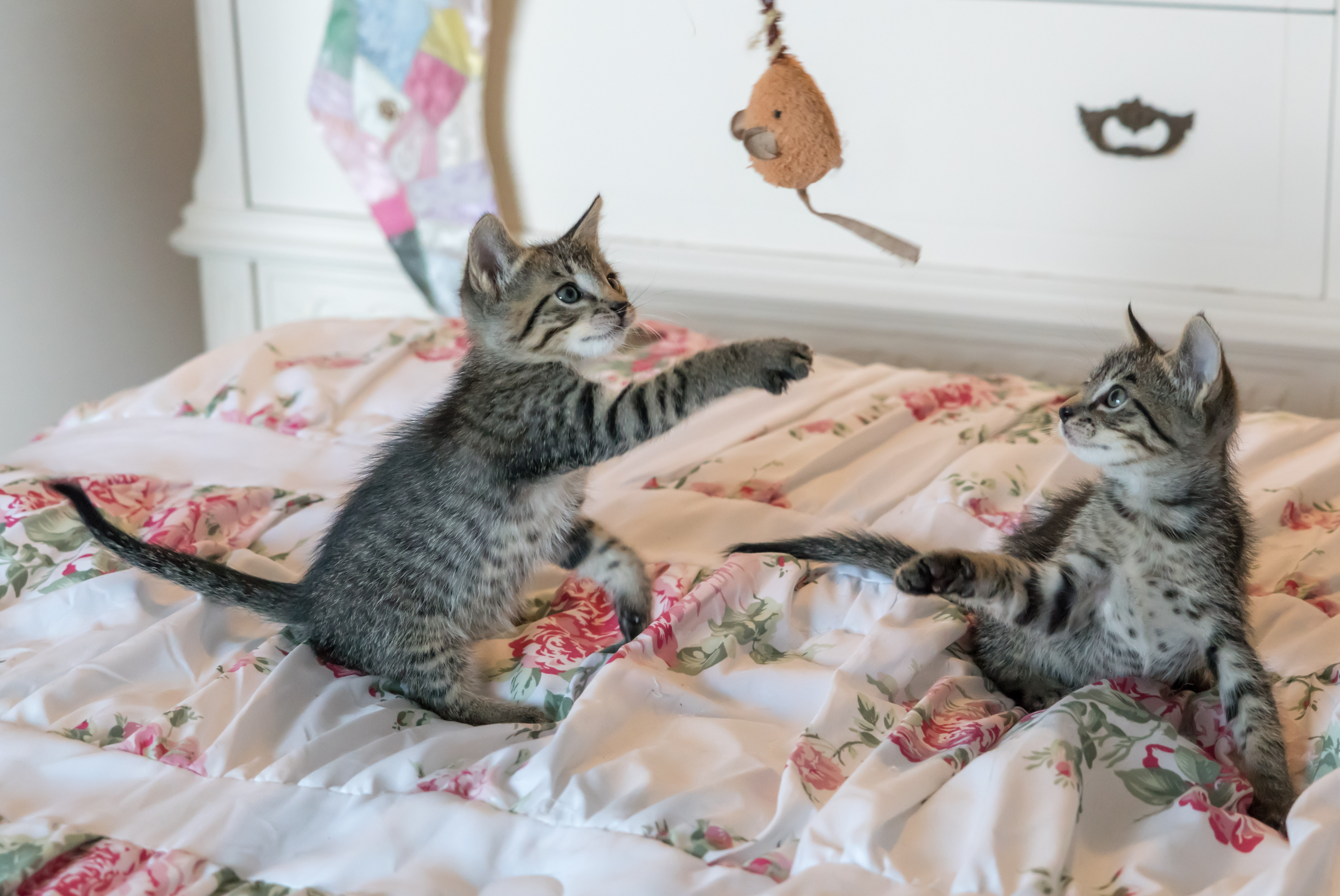Originally published in PE Hub
By Craig Lawson
Organic treats, designer sofas, Halloween costumes and calming aromatherapy collars – these are just a few of the latest examples of the trend to “humanize” our pets. These “humanization” trends apply to a range of pets, be they dogs and cats, or even horses, ferrets and lizards.
In fact, people love their pets so much that spending in the sector increased even in the teeth of the global financial crisis. As the economy recovers, the pets space has maintained that stability, drawing in both private equity players and strategic acquirers.
These trends are playing out not only in North America, and in other first-world regions of the globe – Western Europe, Japan and Australia, for example – but also can be seen in the Middle East and even in BRIC nations.
The pets sector is sizable, and shows steady growth with pockets of hyper-growth. Revenues across the pets category as a whole rose to an estimated record $59 billion in 2014, up about 5 percent compared with 2013, according to the American Pet Products Association.
That steady mid-single-digits percent growth rate, seen across mature markets such as pet food, can be attractive in itself. But there is also much higher growth potential found in niche players, who specialize in everything from dog apparel to grooming or veterinary services. Overall, the consumer pet space has seen a steady upward movement of multiples paid — oftentimes in the high single-digit to low double-digit range.
This is a broad sector that has some important dynamics across its various sub-sectors. Broadly, these sectors are:
- Consumables: includes products such as pet food and treats, cat litter and pest control products;
- Durables: includes leashes, bowls and toys – as well as some “fashionable” products such as apparel and costumes; and
- Animal health/veterinary: including services such as veterinary clinics, pharmaceuticals, medical devices and pet insurance.
The global pet food market, or consumables segment, is mature and dominated by some five to six large players, including Nestle Purina, Mars and Big Heart, which together account for roughly 80 percent of sales of dog and cat food products. Large players in this arena boast large shelf presences in leading mass retailers, pet specialty, grocery stores and shopping clubs, enabled by huge marketing and promotional budgets.
But even in the pet food category, specialty areas such as dog treats are more fragmented and open to niche players that carry high margins and, as a result, are currying favor with both strategic and financial buyers.
There has been ample deal flow in the consumables space, with the announcement earlier this year that Smucker’s plans to buy Big Heart Pet Brands, the pet food company once known as Del Monte, from its private equity owners KKR, Vestar and Centerview for about $5.8 billion, including debt.
That follows the recent acquisition of the P&G IAMS line by Mars, and the recent Freshpet IPO.
By contrast, the durables segment remains fragmented and lacks a specialty brand with dominant market share. Perhaps 10 or so brands in the durables space qualify as highly recognizable, and as such, command higher multiples.
Functional products such as harnesses, beds and bowls tend to grow at steady rates of 5 percent to 10 percent, while more innovative players in these spaces — be they “better mousetrap” functional products, or products that bring a better aesthetic or on-trend fashion aspects to market — can grow significantly faster.
Recent durables transactions include Spectrum Brands/United Pet Group’s acquisition of The Furminator, Thundershirt’s recapitalization by Encore Consumer and The Riverside Company’s acquisition of Kyjen.
In both consumables and durables, several notable deals are currently in the market.
Lastly, the animal health/vet space provides an alternative for parties looking to play the broader pet space, but without dynamics intrinsic to the consumer-facing side of the pet space, such as heavy retail concentration (domestically Wal-Mart, Petco and Petsmart collectively account for roughly 70 percent of the consumer pet space) and higher multiples.
Morever, there is an opportunity to build professional brands with services, through large vet clinics or establishing a geographical beachhead through online and/or bricks & mortar distributors.
Also in the mix is pet insurance, which is an industry that has burst onto the scene in recent years. The recent IPO of Trupanion, with a market capitalization of about $200 million, highlights the adoption of growth of this sector.
The pets space offers a wide variety of opportunities both financial and strategic buyers. Overall, as the saying goes, “This dog can hunt.”
Craig Lawson is a Managing Director at middle market investment bank MHT MidSpan

